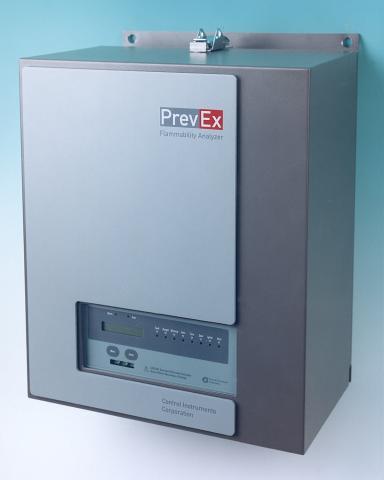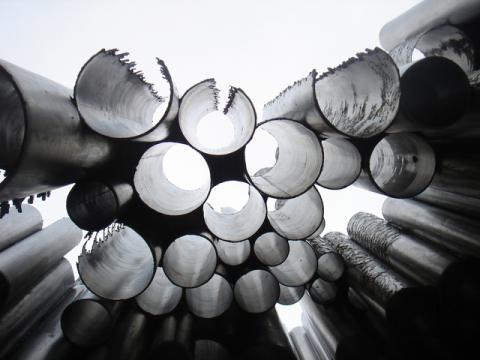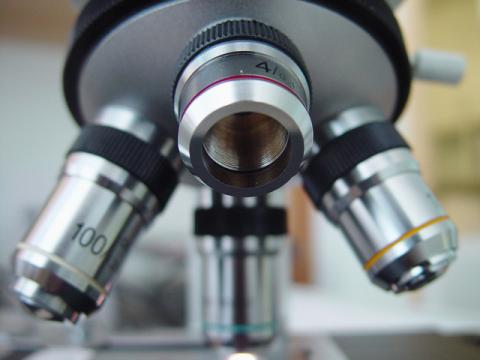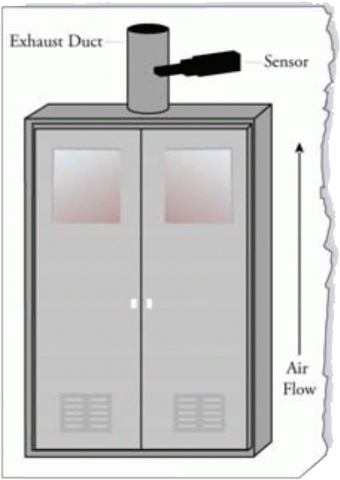Money-Saving Steps in Process Ovens & Dryers
Controlling flammable vapors and installing solvent vapor monitors on your process oven and dryers allows the implementation of several money-saving steps:
Reducing Costs in Process Ovens & Dryers
Moving and heating large amounts of air can be extremely expensive. Many manufacturing processes must use chemical solvents in the production of their products. As a result, hot air dryers are frequently used as a means of evaporating those solvents.
Meeting NFPA Requirements in Ovens & Dryers
Almost all safety authorities require a 4:1 margin of safety below the LFL, based on worst-case conditions. This means that enough dilution air must be used to always maintain a concentration of less than 25% of the LFL, according to the National Fire Protection Association standard NFPA 86.
Key Hazards in Process Ovens & Dryers
Experience has shown that explosions in ovens and dryers can happen very quickly. The key hazard is an explosion from the build up of solvent vapors in the oven or dryer atmosphere. This buildup could occur by a malfunction in the production process such as:
- a sudden or improper amount of coating
- a change in ventilation controls
- excessive speed
In any of these cases, the concentration of flammable vapor has an opportunity to rise above safe levels, creating a potentially explosive mixture of vapor in air.
Application Spotlight: Process Ovens & Dryers
Many industries involve coating products with a flammable solvent or mixture of solvents and then run through an oven or dryer to dry the solvents, so they are removed from the finished product.
Semiconductor Application in Real Life
Area Monitoring of Storage Areas in Semiconductor Facilities
Hazardous gases are stored and distributed in the semiconductor plant, which includes:
- Storage Areas
- Distribution
- Delivery Piping
In these operations there exists the possibility that the hazardous gas could accidentally leak or spill into the surrounding area. Pumps, control valves, manifolds, piping junctions, fittings and connections are some of the potential sources for leaks or spills. With so many opportunities for leakage, continuous monitoring of such hazards is an essential part of keeping the plant safe.
Flammability Monitoring of LFL/LEL Levels in Semiconductor Facilities
Process tools are enclosed areas in which specific wafer processing functions occur. Any process tools handling flammable gases require a hazardous gas detection system to ensure safety and be in compliance to codes. The FM standard states that “ventilation shall be provided for all tools handling flammable and combustible liquids. Ventilation shall be provided to ensure the atmosphere does not exceed 25% of the LEL (LFL) in the event of the largest possible leak.”
Parts Per Million Detection in Semiconductor Facilities
Containers of hazardous gases, both flammable and toxic, are often isolated from the surrounding environment by safety enclosures (gas cabinets). Some process tools have a gas control enclosure section that serves the same purpose as a gas cabinet. It is important to monitor these enclosures for leaking gas to save product as well as prevent a toxic condition. The cabinets and enclosures are ventilated to prevent the buildup of any leaking gas.
Pagination
- Previous page
- Page 10
- Next page










